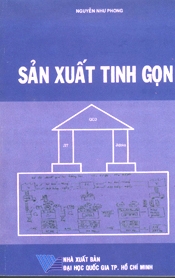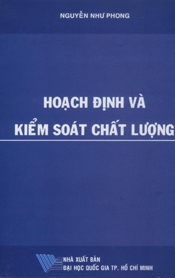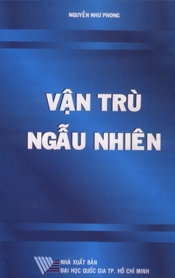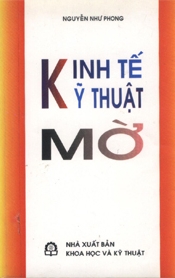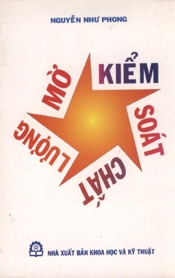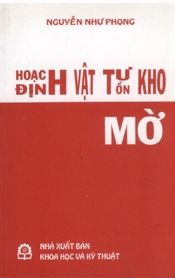
| Using GIS in Conjunction with Logistic Regression Models |
|
Using GIS in Conjunction with Logistic Regression Models. LM 04 Mapping Low Weight Births in Colorado Abstract:
Low birth weight has long been identified as a problem for Colorado. Colorado's percentage of low weight births has been higher than the national average for each year since 1950. Colorado is also ranked first in the nation for the highest percentage of low weight births among white mothers. Although much concern and research work has been generated regarding this topic, few attempts have been made to examine the spatial distribution of low weight births. This project applied GIS technology to analyze the spatial aspects of this problem and to help health professionals identify communities where risk factors are highest.
A logistic regression model was used to determine the significance of various independent variables associated with low birth weight. Variables that were examined include; mother's age, race, education, marital status, maternal smoking status, mother’s weight gain during pregnancy, gender of the child, prenatal care, the elevation of the mother's residence, selected medical risk factors, and complications of labor and delivery. Odds ratios or t-statistics were then calculated for each of the independent variables to examine the significance of each factor. All Colorado singleton births with complete information from birth certificates during the period of 1989-1996 were included in this study.
A series of maps were then prepared to examine the spatial distribution and relative severity of each variable. For mapping purposes, the record level data was aggregated to the 1990 Census block group designation based on the mother’s residence at the time of birth. Each variable was mapped separately, and color-coded according to that variable’s relationship to the statewide mean for that variable. A number of proximal relationships were identified from these maps. By examining these maps together, researchers were also able to identify very clear associations between the spatial distribution of low weight births and the spatial distribution of some of the other variables in the statistical model.
Researchers found immediate value from utilizing this methodology; both as a way to identify proximal relationships, and as a way to query specific communities. Through the use of this method, communities of concern were identified. These maps are being used to identify problem areas, and "tailored" intervention programs (such as; education programs, prenatal care, smoking cessation programs, etc.) are being implemented in these problem areas.
|



